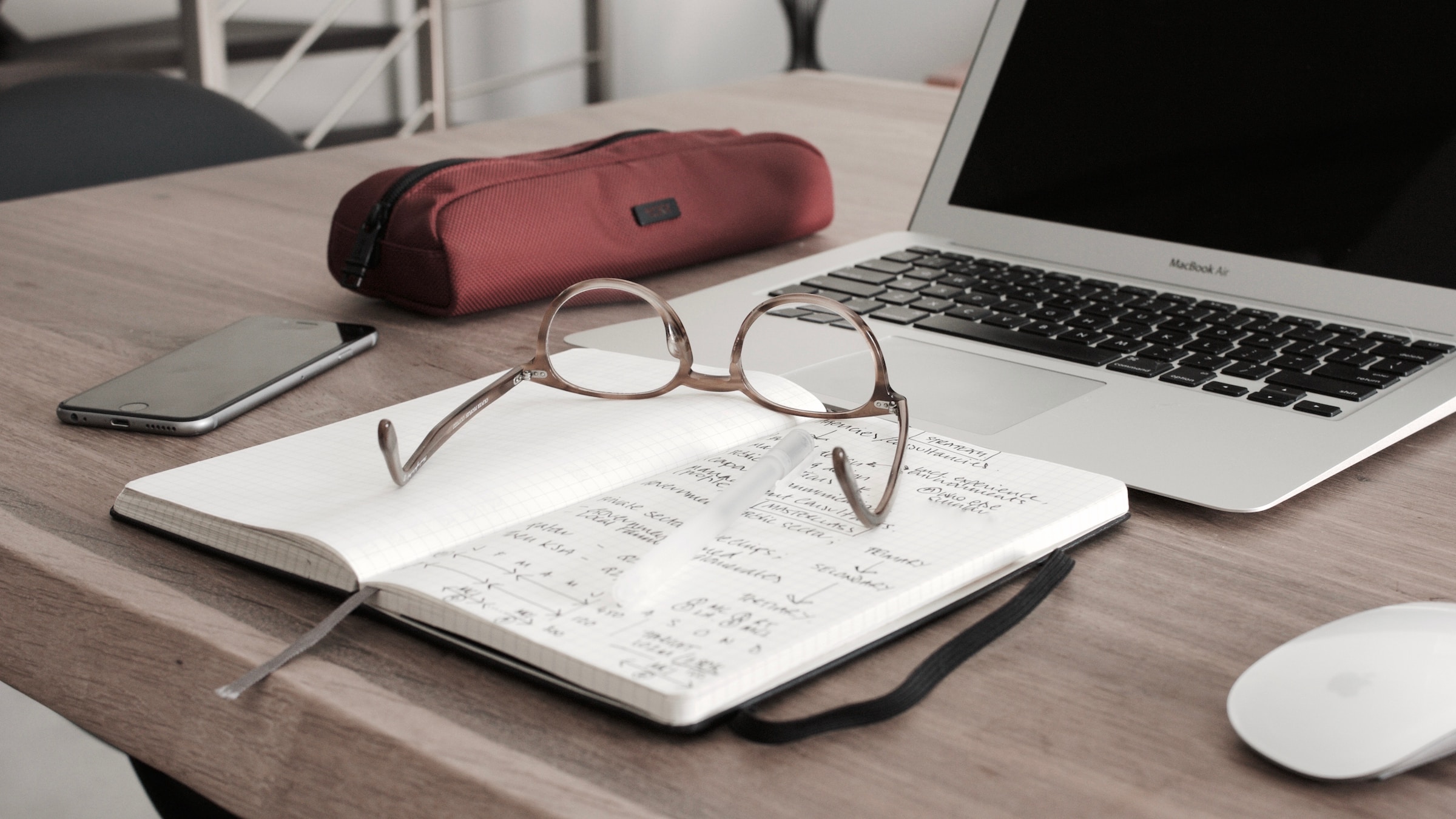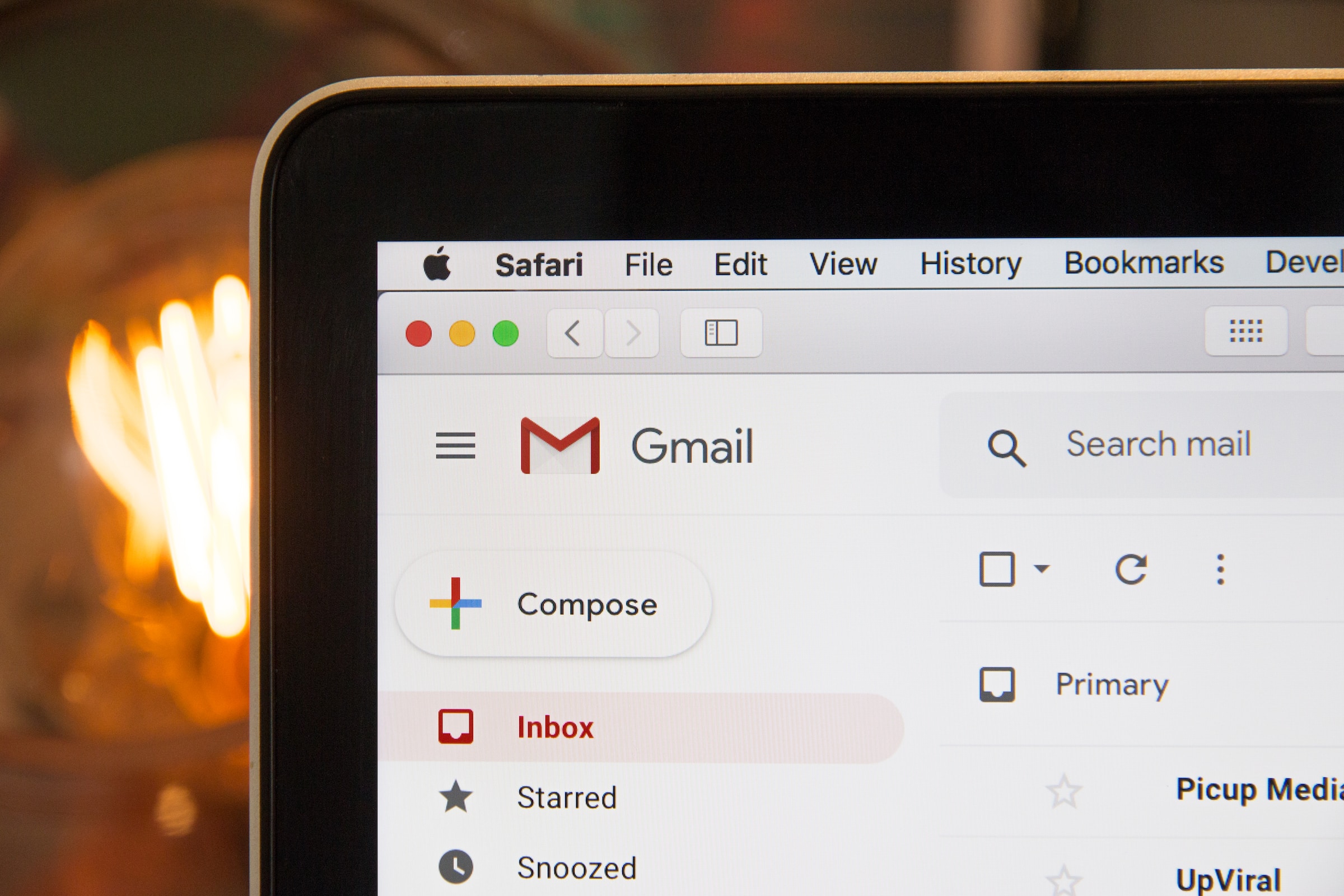Personal branding is a fundamental component of the job hunt process, specifically during the interviews. In a competitive job environment, you must stand apart from your fellow candidates and feature your distinct qualities to prospective employers. By creating and promoting your image, you can put yourself forward as the perfect candidate and increment your possibilities of putting up a staggering job and acing the interview.
First and foremost, let us understand what personal branding is and why it is significant, particularly during an interview. In short, personal branding is the most common way of creating and maintaining the remarkable qualities, assets, and traits that highlights you from other candidates in your domain. It’s about establishing a consistent and accurate picture of yourself, that is, in harmony with your qualities, objectives, and desires. Personal branding is especially significant during interviews since it permits you to introduce yourself as an ideal fit for the employment opportunity and a match to the business’ necessities rather than simply another candidate.
In this article, we will talk about pivotal techniques to remember to create and promote your brand during a meeting:
Research to the Rescue

This could appear glaringly evident. However, it’s the step where most applicants lack behind. Before the meeting, among all your other preparations, it’s a great choice to spend considerable time on the organization and understand the position you are applying for. It has two-fold benefits: not just it will provide you with a superior comprehension of the organization’s necessities and values and the experience they are searching for, yet in addition, you will have sufficient data under your discretion to change your image to line up with the organization’s prerequisites and values.
Recognize Your Strengths, Skills, and Weaknesses

We are wise about what things we are great at and what topics require more time and consideration. Utilize this information to make you stand apart from your rivals. List your assets and abilities, including your technical and soft skills, that are in sync with the job prerequisites, and stress them during the interview rounds to have an advantage over your competitors.
Prepare Your Self Introduction

A self-introduction is a short, generally 30-second summary of what your identity is, what you do, and what are your skills and expertise. It’s a quick and effective method for presenting yourself and laying out your image. Before the interview, prepare your self-introduction and make the necessary changes, enabling you to deliver it confidently before the interviewers.
Be True to Yourself and Use Examples

I get that theory has consistently brought you marks in the past and will most likely happen the same thing later on. Yet, there is a contrast between exams and interviews; although an interview is a sort of exam only, yet entirely not similar. While expressing your skills and experience, give examples of how you have involved them earlier to accomplish what you needed. It will assist the interviewer with judging your efforts and rating you on your provided facts and figures. Also, a thing to add here is not to go overboard with your assertions. Be consistent with yourself, and don’t over-exert yourself, which will create an adverse consequence rather than a positive one.
Follow-up

Your job doesn’t end when you bid farewell to the interviewer. After the interview, deliver a thank you note, ideally through the mail, emphasizing your interest in the job role. Many candidates are competing for this job, and an interviewer can’t remember all of them, no matter how dazzling one was in the meeting. The follow-up mail you will be sending will highlight your brand, keep you on the highest point of their brain and separate you from other candidates.


















